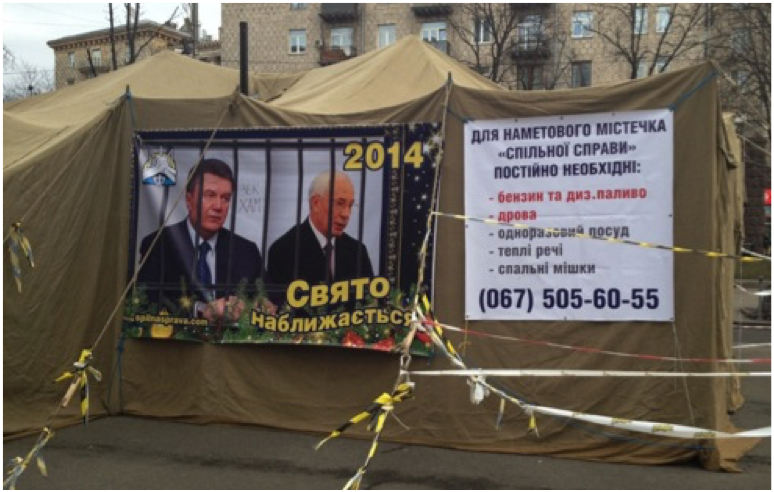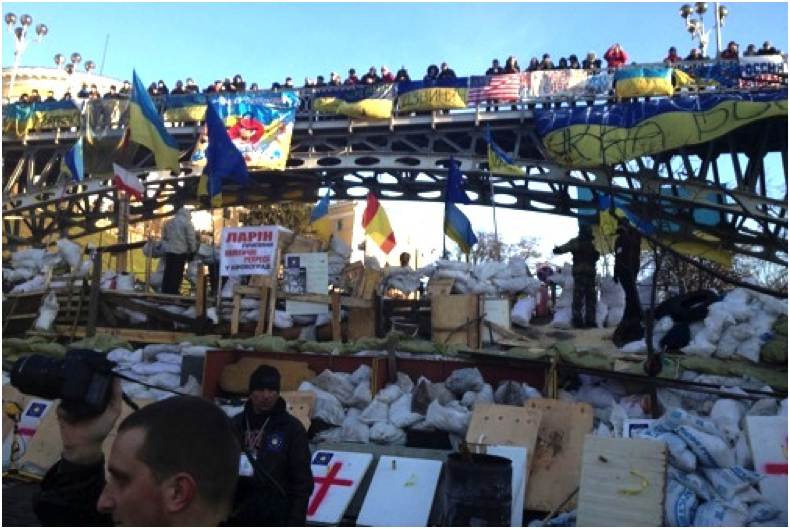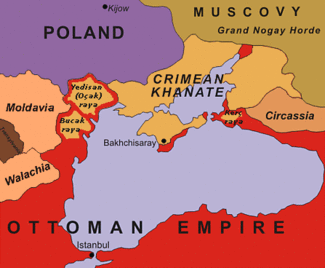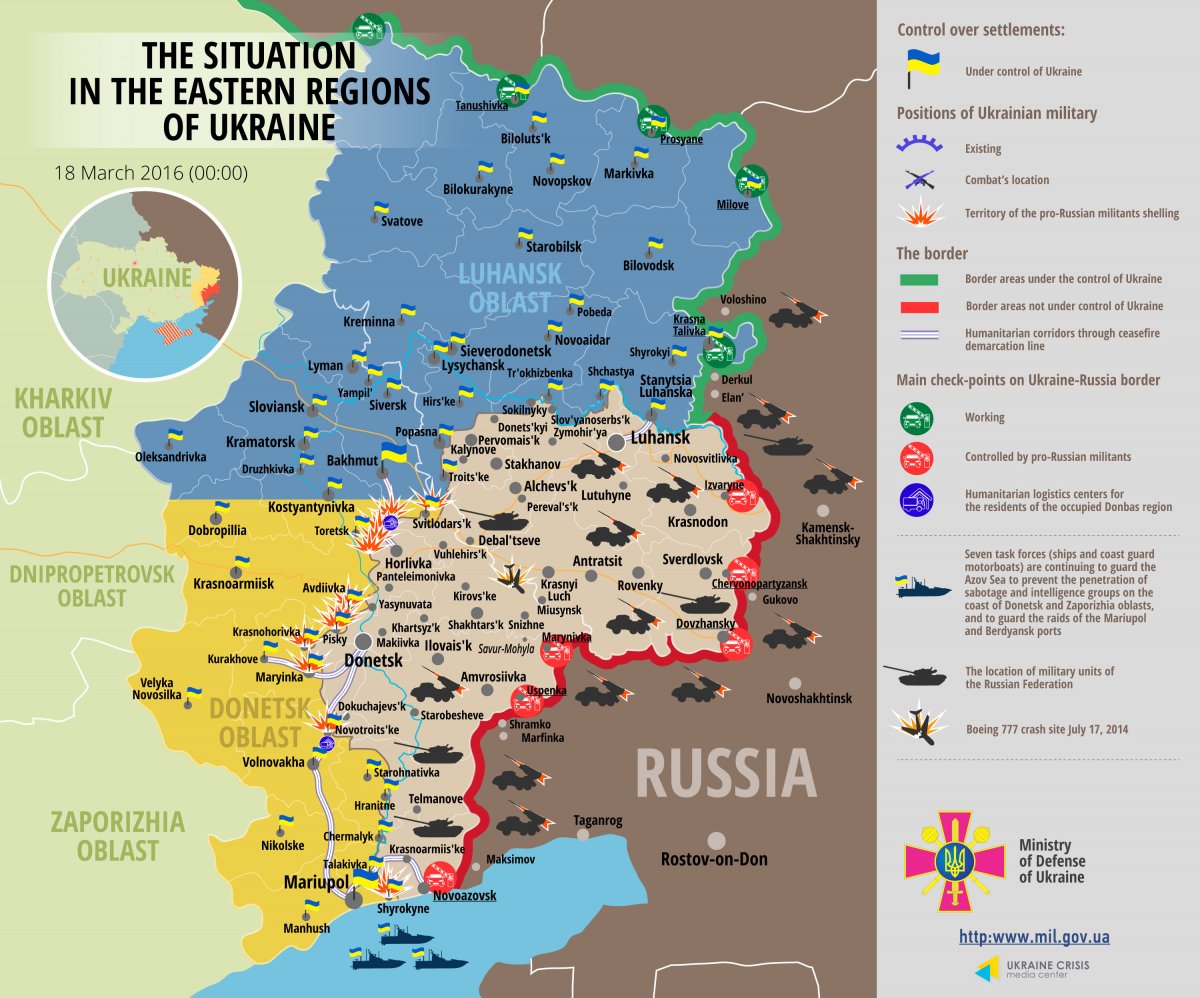Serhy Yekelchyk’s fascinating book The Conflict in Ukraine: What Everyone Needs to Know should be required reading for any student studying the Black Sea region, and for any government official tasked with working on the issues in that troubled part of the world.
A professor at the University of Victoria, Yekelchyk masterfully presents the history, politics, culture, background, and motivations for the Ukrainian crisis. It would take years of study to appreciate the intricacy of the Ukraine-Russia relationship from the time of Volodymyr the Saint (~ 988) to the present, and it would require dozen visits to Ukraine to understand the land and its people. Yet, in only 166 to-the-point but deeply researched pages, Professor Yekelchyk presents and discusses an incredible amount of detail and provides the reader with a clear, both-sides-of-the-story analysis of Ukraine, Russia, and the Black Sea region.
Yekelchyk starts his book by wasting no time with unnecessary or ‘nice to know’ information about Ukraine. Instead, each section of the book is cleverly framed as an answer to the most relevant questions surrounding Ukraine’s conflict-ridden existence. He begins with such vital questions like “What is the Maidan, and what made it top news around the world?”, “How and why did Russia annex the Crimea from Ukraine?”, “Why did fighting breakout in eastern Ukraine in the Spring of 2014?”, and “Why did the Ukrainian crisis cause tensions between Russia and the West?” Yekelchyk’s brief, yet impressively thorough answers to these initial framing questions both educates and engages the reader.
 |
 |
|
The reviewer’s photos during the peaceful component of the pro-democracy EuroMaidan protests. |
As current news broadcasts and websites talk of the plight of today’s Crimean Tartars, many people are not cognizant of the fascinating and repeatedly tragic history of these people. So Yekelchyk asks the question, “Who are the Crimean Tartars?” He then, in just two and a half clearly written pages, proceeds to answer by providing an impressive summation of the culture, history, and challenges of the Crimean Tartars. Yekelchyk also presents his own assessment of the current Crimean Tartar situation with the very astute appraisal that hits to the core inconsistency that frames the (il)legality of the 2014 Russian annexation of Crimea and its tragic consequences to the Crimean Tartar people:
 |
| Map of the Crimean Khanate 1600. |
“The notion of the Crimea as a “Russian land” glosses over the peninsula’s rich multicultural past before its conquest by the Russian Empire. It also conceals the inconvenient fact that ethnic Russians came to constitute a majority in the Crimea only after Stalin had all the Crimean Tartars deported on false charges of treason in 1944.” (119)
As the example above shows, throughout his book, Yekelchyk does a masterful job of dispelling the ethnocentric notion that politicians and a populace can simply start history at a time most compatible with their own mythological narrative.
The only drawback to the publication is a lack of maps and/or diagrams to help the reader in his/her spatial understanding of the historical events and varied places that served as precursors to and motivations for the Ukrainian crisis. Conflict, whether on land or sea, is always dynamic and as such, maps are vital in discussing the spatial relationships that show who is/was doing what and why. In future editions of this necessary book, this reviewer looks forward to more line diagrams, photos, and even appendices such as the full United Nations’ text of the 1994 Budapest Memorandum (http://www.un.org/en/ga/search/view_doc.asp?symbol=A/49/765).
 |
| Map of the Situation in the Eastern Regions of Ukraine from the Ministry of Defense of Ukraine. 18 March 2016. |
After reading this tightly written but wide-ranging book, one is sure to learn about the most relevant historical events, cultural influences, regional motivations, and political intentions of the current Ukraine-Russia War. Yekelchyk’s depth of research vividly and accurately describes a myriad of issues, such as the Post-Soviet nostalgia in Crimea and eastern Ukraine that this reviewer can attest to with first-hand experience from the ‘kitchen table’ conversations in Feodosiya, Crimea. Thus, the author has done a brilliant job in capturing so much of the unique intricacies of the Ukrainian and Russian national psyches that led to the war, that continue to promote the war, and that are attempting to end the war.
Yekelchyk ends his book with three questions about: 1) the most challenging topics facing Ukraine in its armed conflict with Russia, 2) the vital, all-encompassing list of national reforms in which Ukraine must succeed, and 3) the fluid and uncertain relationships Ukraine will have with the rest of the world. In the final question that frames his book, Yekelchyk asks “Has the Ukrainian crisis sparked a new Cold War?” His answer to that question, and to all the other questions throughout his brilliant book, give readers of all backgrounds the necessary details and evidence to make their own informed answer.
So, along with Charles King’s The Black Sea, Andrew Wilson’s The Ukrainians: Unexpected Nation, and Anna Reid’s Borderland, this reviewer strongly believes that Sergey Yekelchyk’s The Conflict in Ukraine should be in the library of every scholar and student of Ukraine and the wider Black Sea region.
